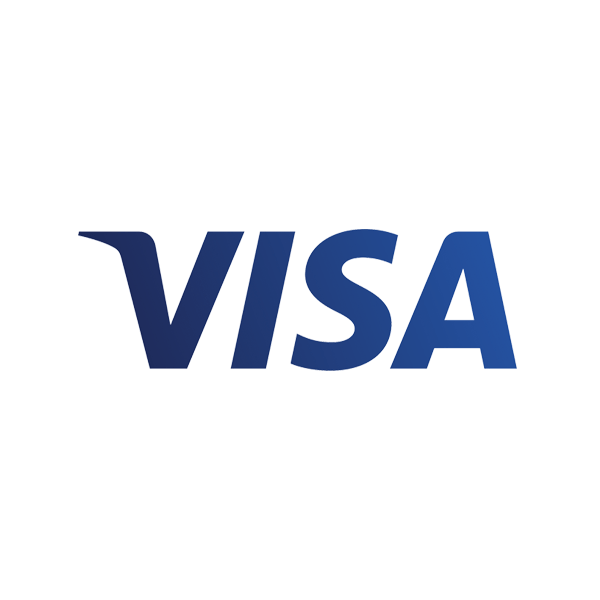Governance risk and compliance
4 Hours, 29 Jan 2024, 10:00 AM-2:00 PM
General
Objective:
The Governance, Risks, and Compliance (GRC) Training
course provides participants with a comprehensive understanding of the
essential principles and practices necessary for effective corporate
governance, risk management, and regulatory compliance within organizations.
This course explores the interconnections between governance, risk, and
compliance, emphasizing their collective impact on sustainable business
operations.
Sub-Objectives:
1. Understand the Foundations of Governance:
• Define the concept of governance in organizational
contexts.
• Explore the principles and importance of effective
governance structures.
2. Examine Risk Management Practices:
• Identify various types of risks relevant to different
industries.
• Analyze risk assessment methodologies and strategies
for risk mitigation.
3. Comprehend Compliance Frameworks:
• Understand the regulatory landscape affecting the
organization.
• Explore compliance frameworks and standards relevant to
the industry.
4. Develop Governance Strategies:
• Formulate effective governance strategies tailored to
organizational needs.
• Implement governance best practices for sustainable
business operations.
5. Implement Risk Mitigation Techniques:
• Apply risk management tools and techniques to identify,
assess, and mitigate risks.
• Develop risk mitigation plans aligned with
organizational objectives.
6. Ensure Regulatory Compliance:
• Interpret and adhere to relevant laws and regulations
affecting the industry.
• Establish compliance monitoring mechanisms to ensure
ongoing adherence.
7. Enhance Ethical Decision-Making:
• Promote ethical behavior within the organization.
• Develop skills for ethical decision-making in
governance, risk, and compliance context
Course Outlines:
1: Introduction to Governance, Risks, and Compliance
(GRC)
• Definition and
significance of GRC
• Historical
context and evolution
• Interconnections
between governance, risk, and compliance
2: Foundations of Governance
• Principles of effective governance
• Board structures and responsibilities
• Stakeholder engagement in governance
3: Risk Management Practices
• Types of risks: financial, operational, reputational,
etc.
• Risk assessment methodologies
• Strategies for risk mitigation and management
4: Compliance Frameworks and Standards
• Overview of relevant regulations and standards
• Implementation
of compliance frameworks
• Alignment with
industry-specific requirements
5: Governance Strategies and Best Practices
• Designing effective governance structures
• Implementing
governance best practices
• Case studies on successful governance models
6: Risk Mitigation Techniques
• Identification and assessment of risks
• Developing risk mitigation plans
• Integrating risk management into organizational culture










